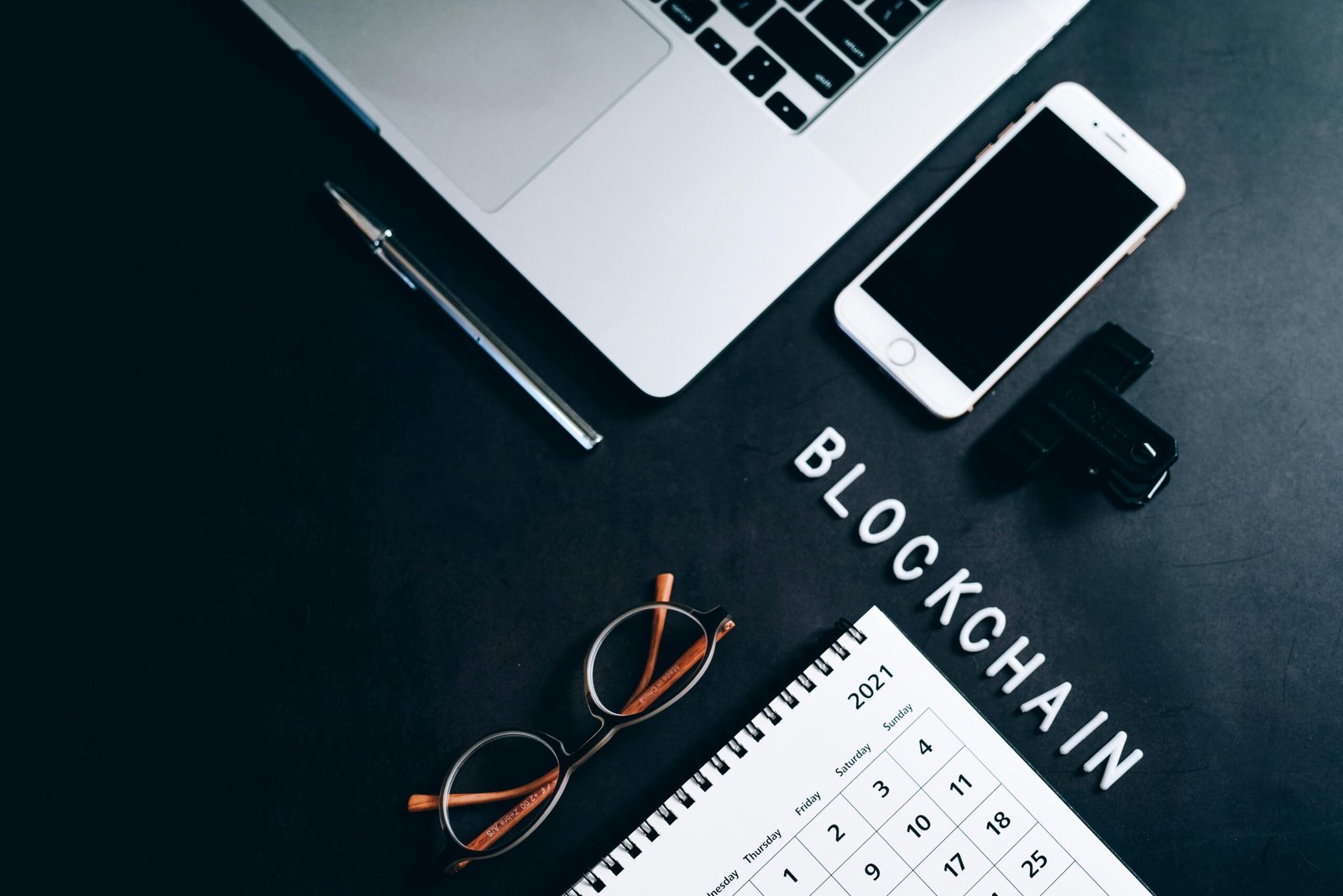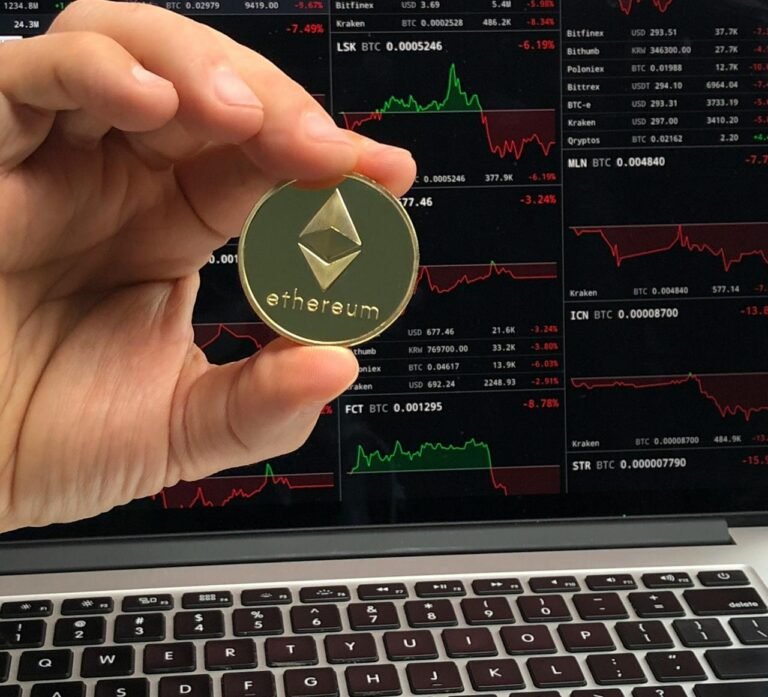A Deep Dive into the Tech Disrupting the Internet
Over the past several years, the word blockchain has traveled from the periphery of tech circles to the mainstream lexicon. You have likely heard it used in reference to cryptocurrencies such as Bitcoin or NFTs, but the actual promise of blockchain extends far beyond digital money.
To truly understand what blockchain is—and why it matters—we need to strip away the hype and look at the core of the technology, how it works, and what’s so different about it from anything that’s come before.
Understanding Blockchain: It’s More Than a Database
At its simplest, a blockchain is a type of digital record book, an information recording device. But, whereas an everyday record book is not, blockchain is:
- Distributed, as in the copies of the data are put on numerous various computers, as opposed to one central location.
- Immutable, meaning that when data is added, it can’t be deleted or modified.
- Transparent, such that all the entries are seen by anyone who views the blockchain.
Think of it like a shared notebook, but rather than sitting in a drawer, it’s copied on thousands of individuals’ computers around the globe. When someone wants to make an entry in the notebook (i.e., commit a transaction or put in a piece of data), everyone has to agree that the addition is valid. Once it’s entered, it’s in the forever file. You can read it, but you can’t erase it.
The Problem Blockchain Solves
To understand why blockchain is important, we need to examine the issue that it addresses: digital trust.
Traditionally, we’ve trusted centralized powers to store data and transactions. Banks register your financial transactions. Technology companies possess your information. Governments store official documents. These systems are efficient—but vulnerable:
- They can be hacked or corrupted.
- They may censor or prohibit access.
- They can fail or make mistakes.
- They create power imbalances since one group holds authority over the system.
Blockchain presents an alternate paradigm: faith in code and mathematics, rather than institutions. It eliminates the requirement for the intermediary by enabling individuals to pick a version of reality that they can all consent to, checked automatically by the system itself.
How Blockchain Really Works
A blockchain is made up of “blocks” of data, each linked to the last—one—a “chain.” Here is a simplified breakdown of what happens when new data is added to a blockchain by someone:
- A transaction is proposed — It can be anything: transferring funds, recording a digital record, or casting a vote.
- The transaction is submitted to a network of computers (referred to as “nodes”).
- The transaction is validated by the network through sophisticated algorithms and consensus regulations.
- Once confirmed, the transaction is combined with other transactions to form a new “block” of data.
- The new block is appended to the chain, and every individual’s copy of the blockchain is updated.
Since each block is connected to the previous, and since it’s so decentralized, it’s practically impossible to change the information without it being detected. If somebody attempted to manipulate a past transaction, the entire chain would be disrupted, and the rest of the network would reject it.
What Sets Blockchain Apart
- Blockchain isn’t just a new kind of database—it represents a new way of organizing systems, data, and trust online. Here are some of the deeper reasons why it’s unique:
- Decentralization: It has no single owner or point of failure. That makes it more robust and fair.
- Transparency: The whole history is visible and can be verified by anyone, establishing trust in the system. Autonomy: Blockchain networks can run without the intervention of humans by utilizing “smart contracts” (code that executes itself).
- Digital Ownership: Blockchain can verify who owns what—without anyone else saying so. This applies to money, files, art, identities, and much more.
Real-World Applications (Beyond Bitcoin)
Although blockchain is best known for supporting cryptocurrencies like Bitcoin, the technology has evolved far beyond finance. Some of the intriguing applications include:
- Supply Chains: Following products from source to destination in a tamper-evident way.
- Voting Systems: Enabling secure and transparent e-voting.
- Digital Identity: Enabling individuals to manage their digital identities rather than depending on Google or Facebook-like websites.
- Healthcare: Safe exchange of health information among providers without sacrificing confidentiality.
- Creative Work: Empowering artists and creatives to own, issue direct royalties, and create communities around their work.
Why This Matters for the Future
Blockchain is a revolution in the way the internet can operate. Thus far, the web has been constructed on centralized systems. You upload your photos to a company’s server. You log into your accounts through their systems. They dictate the rules. In a world with blockchain, you are the owner of your data, your content, and your digital identity. You don’t have to trust companies—you can trust the protocol. That gives power to the people, less gatekeepers, and a more open and inclusive internet. This concept—referred to as Web3 from time to time—is in its infancy. There are genuine technical, economic, and ethical challenges to overcome. But the way is set: blockchain is not going away. It’s a paradigm shift in how we create and interact with digital systems.
Final Thoughts
Blockchain is not just technology, it’s a philosophy. It’s an objection to the notion that we require institutions to oversee trust, and instead proposes that we can create systems wherein trust is engineered from the start. You don’t need to be a developer or investor to care about blockchain. You just need to recognize that the infrastructure of our digital lives is shifting—and that becoming knowledgeable about the shift will enable you to see and act with more clarity and confidence.







